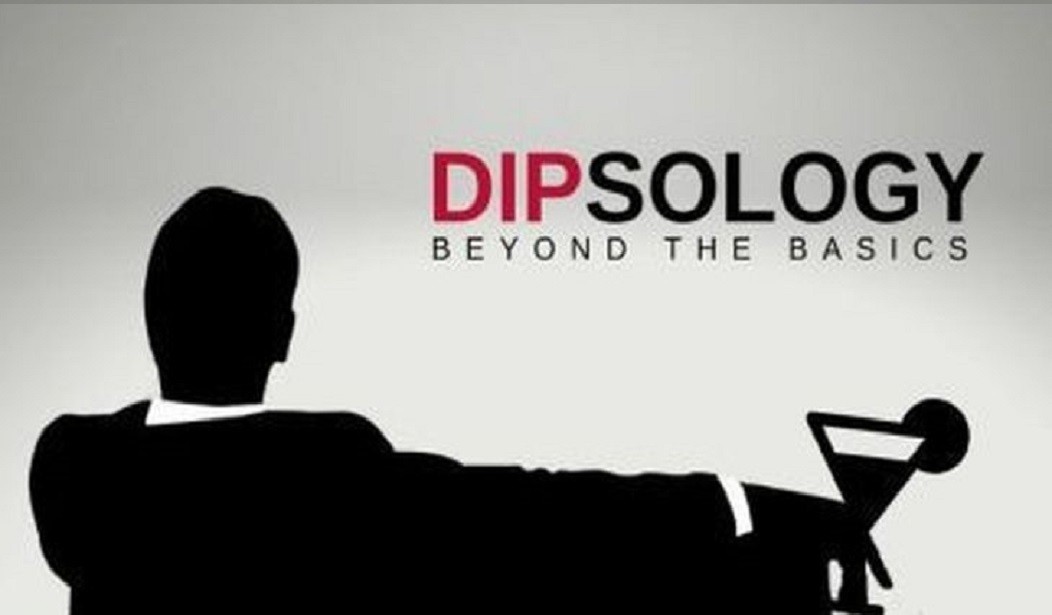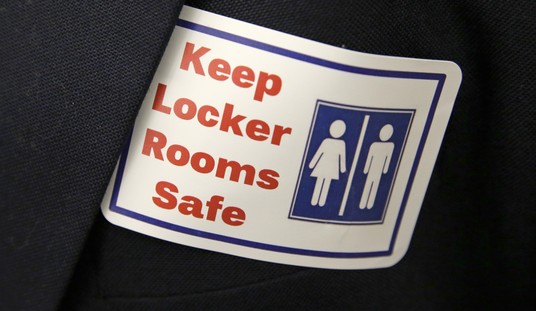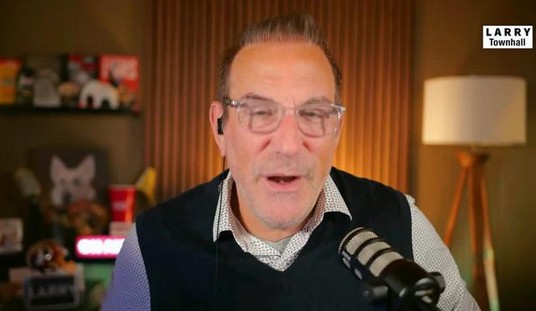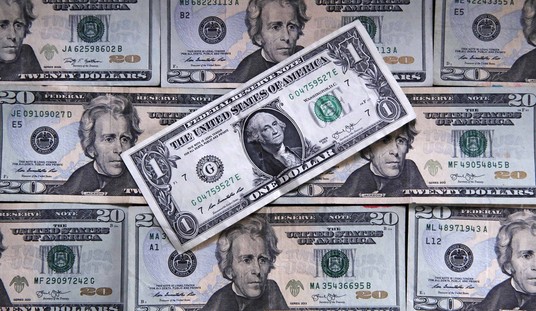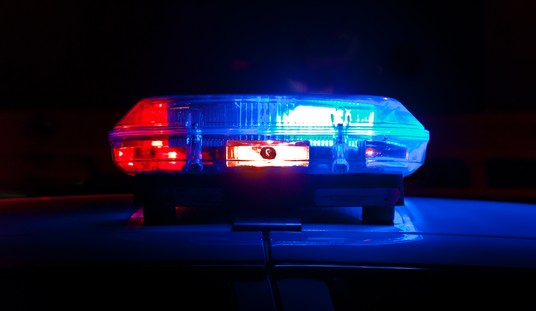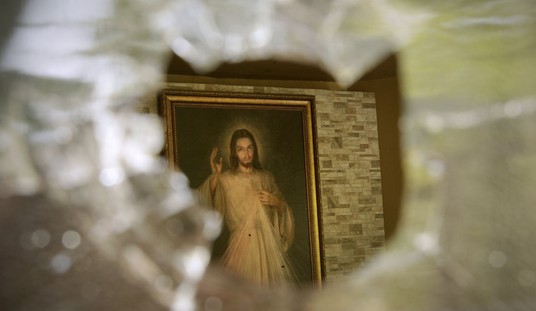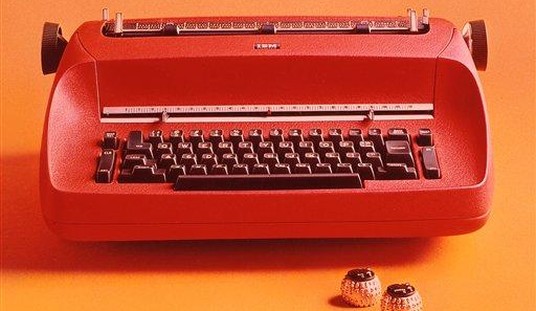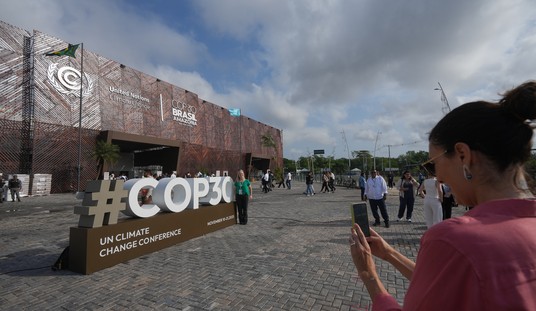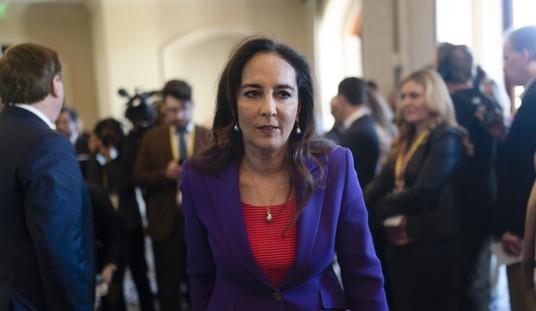In the realm of beer sales, there has been upheaval over the past few years in what had been a rather static enterprise. For decades, the sales charts have been dominated by one brand alone. So much so that even alluding to a sales chart would only be in reference to the entire industry. Then, enter social engineering.
As we know all too well, in the Spring of 2023, Anheuser-Busch InBev decided it would be a swell idea to have a tidy little promotion with a then-media darling trans influencer, to get in on all of the hype that activist group was enjoying in the press. The Bud Light Dylan Mulvaney disaster will be forever looked at historically as a reference point for failed brand marketing.
As such, the beer sales environment has become one of quixotic results. As the sales of Bud Light dissipated faster than the foam in a soap-tainted pint, a surprising champion emerged. While expectations were that key rival Miller Lite would likely rise to the top, it was instead the popular but lightly regarded Mexican label Modelo that became the top-selling brew in the States. But already that crown is being acquired by another brand.
Last month, the news came out that Michelob Ultra moved into that #1 position, albeit with an asterisk. That label has become the top-seller based on units moved, while Modelo still is tops in sales figures, based on its status as a premium brand. This change is happening based on a few factors.
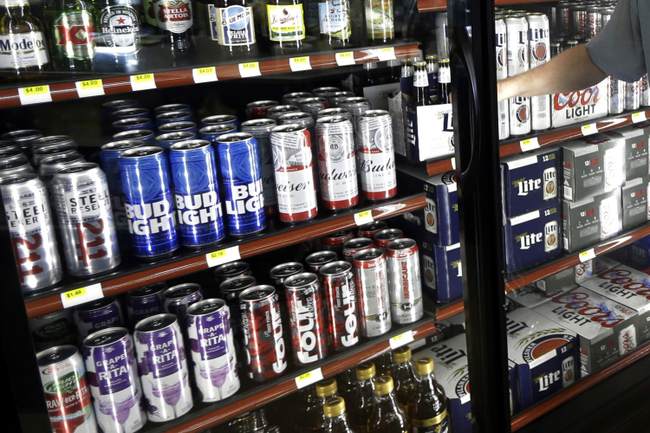
CHANGE IN TASTE FOR BEER DRINKERS
One immediate impact this year has been the tariffs, as they have led to a price increase on the Mexican beer. The other is a shift in the drinking habits of beer consumers. Michelob Ultra has positioned itself as a “healthy” beer option, one that a younger drinking demographic is more drawn to. The irony being as Ultra was initially rolled out, the target audience was the older set, as the brand was positioned with golf and tennis, to appeal to the over-40 customer base.
The low-calorie, low-carb option has instead caught on with Millennials and the younger drinkers. This reality is one that is poised to alter the beer marketplace in the coming years. Corporations love to target the burgeoning buyer's market, as that leads to the tendency of brand loyalty, so if this preference becomes “locked in” with the newer drinking generation, it could lead to a significant change in the beer marketplace.
This shift has already been measured. In 2023, there was a significant drop in alcohol consumption in a variety of sectors. Wine sales fell for the third consecutive year, spirits saw a flatlining after years of growing numbers, and beer consumption hit a generational low. When we looked over this reality here in this column, there were a number of factors cited, with one being a health trend affecting these markets. This has also been a reason seltzers were enjoying explosive popularity.
Another indicator of this change is the growing acceptance of no-alcohol brews. Once a niche product that had to be worked at to discover, many bars today will carry at least one NA label, be it Budweiser Zero, Heineken 0.0, or Coors Edge. Most brands now offer up their own version, including a growing list of craft breweries. This last example could be another indicator of the market making a tidal shift.
Last year saw a significant slowdown in the craft brewing sector, one that had been mushrooming for two decades. 2024 saw more breweries closing than opening, for the first time since 2005, although there was still a vibrant marketplace. But with a drinking generation showing signs of preference for lighter, low-cal/low-carb “crushable” beer choices, the industry that has reliably delivered complex and flavorful options — many with elevated alcohol content — could be facing challenges ahead.
This is a tendency that is experienced within Anheuser-Busch InBev. The growing popularity of Michelob Ultra has delivered a bit of branding fratricide; the very namesake of this brew has become a flickering entity.

WITHER THE ONCE POPULAR BREW?
Throughout the 1970s-80s, Michelob was a known commodity. Before the rise of microbrew popularity, Michelob was the one brand many drinkers looked at as an indulgence. Budweiser and others were your workaday beers, the ones you toss back on hot days when mowing the yard, while Michelob was the one you savored when relaxing, having dinner, or going out on the town.
The distinctive teardrop bottle with the gold labeling connoted elevated drinking, and the ad campaign “The night belongs to Michelob” delivered this mindset of quality drinking. This was not mere marketing fantasy. The brand was first developed at the end of the 1800s as a quality brew, made with better ingredients, and for generations, was only available in draught form.
It was not until the 1960s that the brewery altered its recipe to allow for pasteurization and bottling, in order to begin nationwide sales. It was popular for decades, but the rise in craft brewing was the harbinger of doom. Those who enjoyed the richer flavor of Michelob would gravitate to more complex beers being created, while the mounting popularity of light beers had drinkers moving in the opposite direction. The brand was being abandoned in the middle.
Anheuser-Busch did the beer no favors by resting on the established name to deliver familiarity for introducing new brews, all while creating beers that were a stark departure. To compete with the microbrew craze, Michelob Amber Bock was crafted, and for a time, was a very popular option on tap. To appeal to the lighter fare sippers, the Ultra line was created, and it was almost an offense.
Using the name of a rich and hearty higher alcohol beer to deliver something that was the polar opposite seemed to some a paradox. Ultra was lighter in body and character than Bud Light, while carrying the name of the once-premium label. It made little sense to the drinkers of Michelob standard (those who remained), but for the brewer, the name brought a sign of established quality to gain market acceptance.
This new beer, introduced in 2002, bore no resemblance to its predecessor, but gradually, Ultra found its footing in the marketplace and grew apace. So much so that the true variation of its namesake — Michelob Light — was largely forsaken in the process. After Ultra’s release, during a five-year period, Mich Light saw its sales crash by -70%.
In the following years, numerous iterations of Ultra were rolled out, with flavors added and other recipes tinkered with. Michelob, all the while, faded from most drinkers’ memory. An attempt was made to reestablish the brand in 2007, with an advertising push and a return of the iconic teardrop bottle, but the effort did not last two years, and the brand was again subjugated in the marketplace.
It would seem that A-B should enjoy this win, as it is still experiencing brand challenges from the past couple of years. As flush as this “healthy” beer market appears, it showed little in the form of interest in a newer product, Bud Light Next. This is a formulated zero-carb beer, at 80 calories and a breezy 4% ABV, but it has not enjoyed near the interest as hoped. This, after a ten-year R&D period and a splashy Super Bowl ad to launch the new label in February 2023. Though it would appeal to this new class of drinkers, the Bud Light name feels like it is still tainted.
But the trend towards less-than-light beer continues, and it will be something to watch in the coming years to see if it truly shapes the beer marketplace. Given the diminishing fortunes of the once-robust Michelob, its bastard step-brother, Ultra, might be leading a wave towards bland and inscrutable brews dominating the beer realm.

